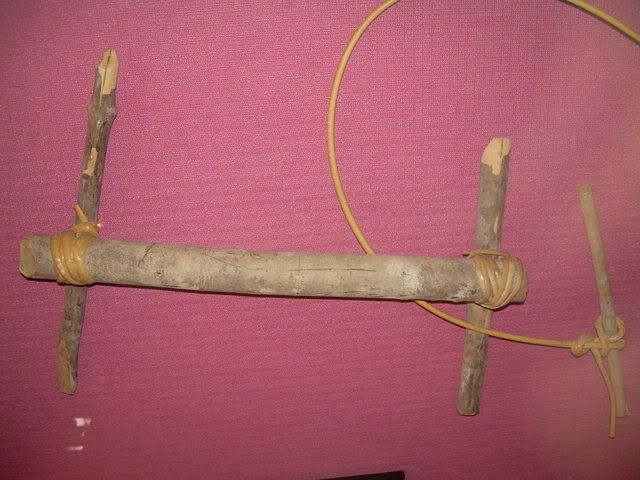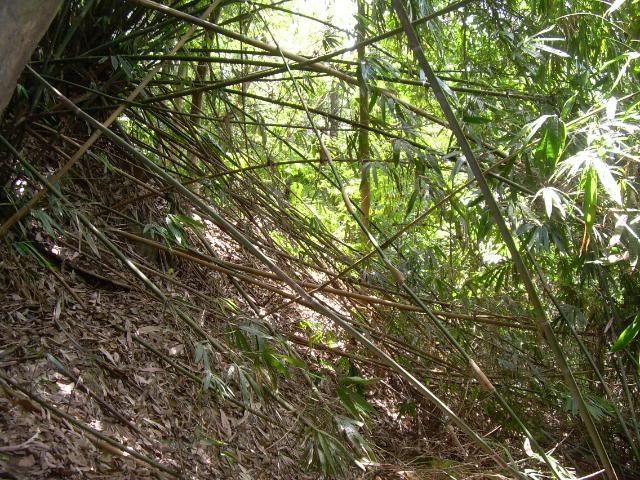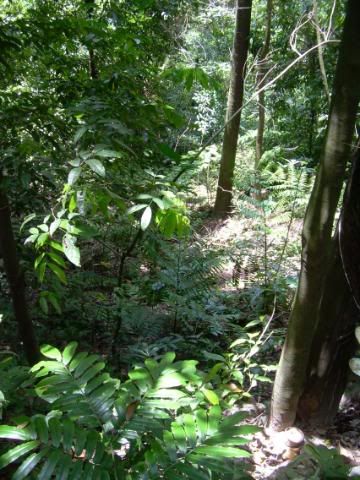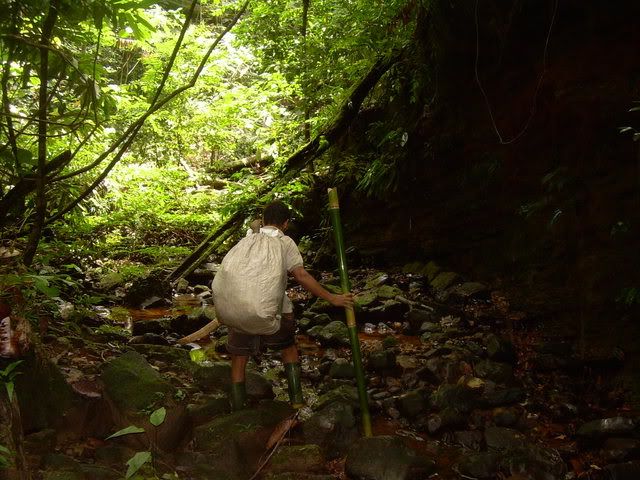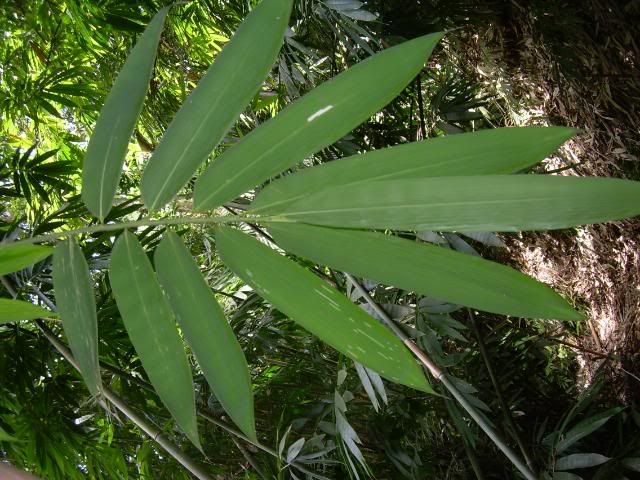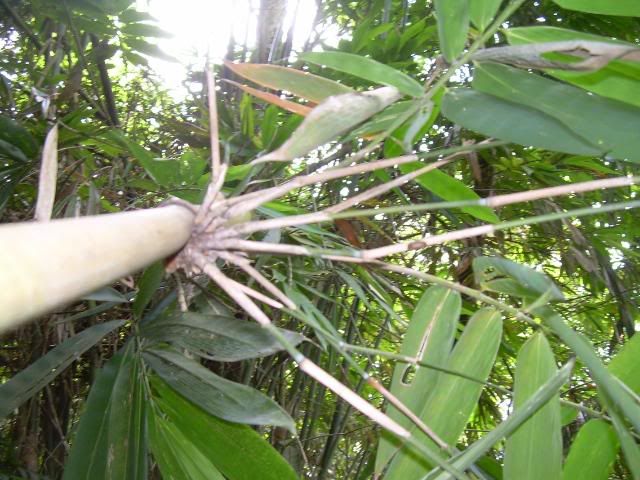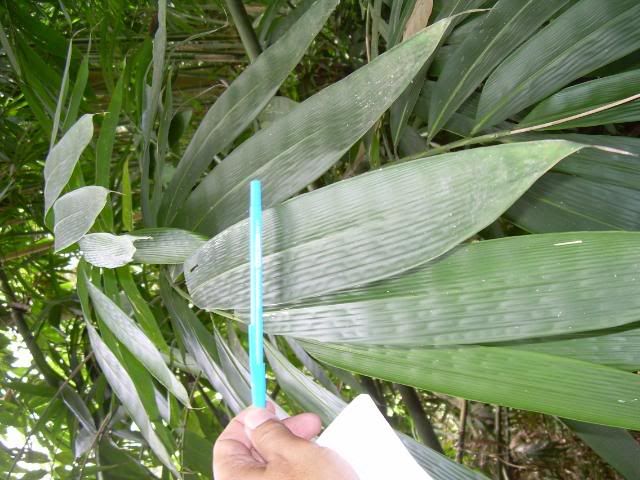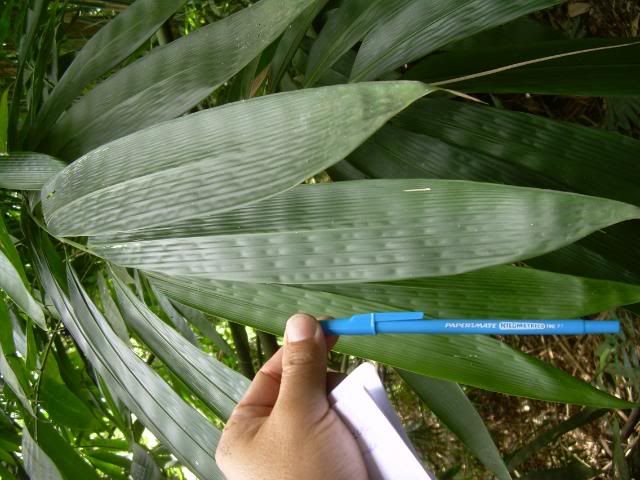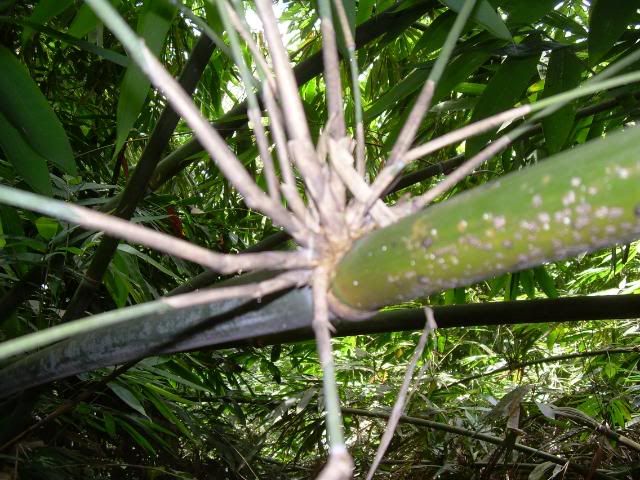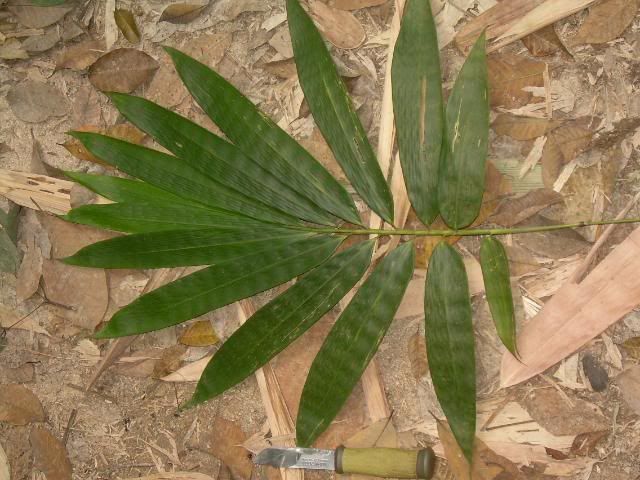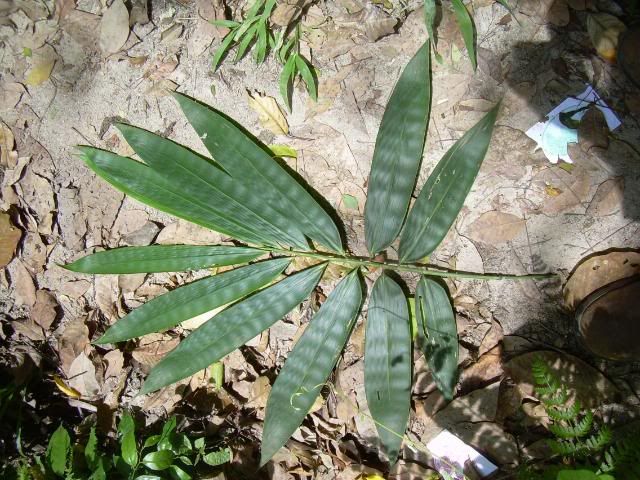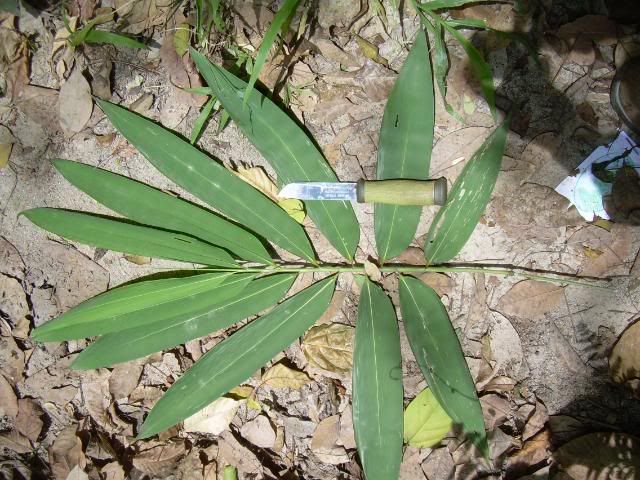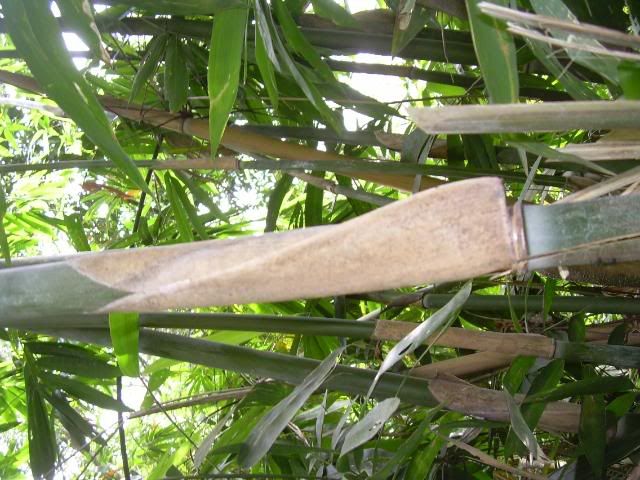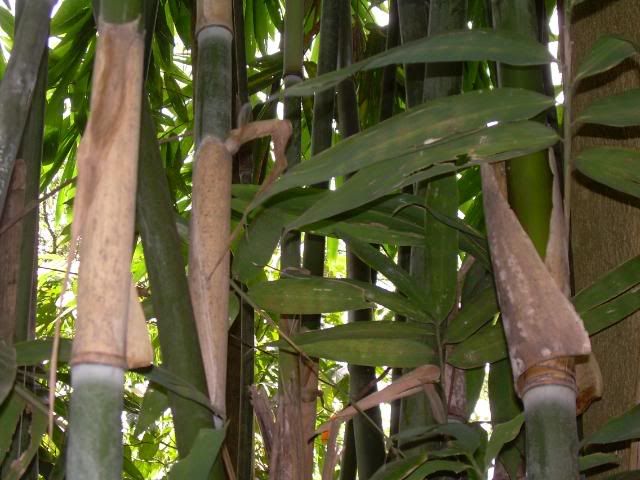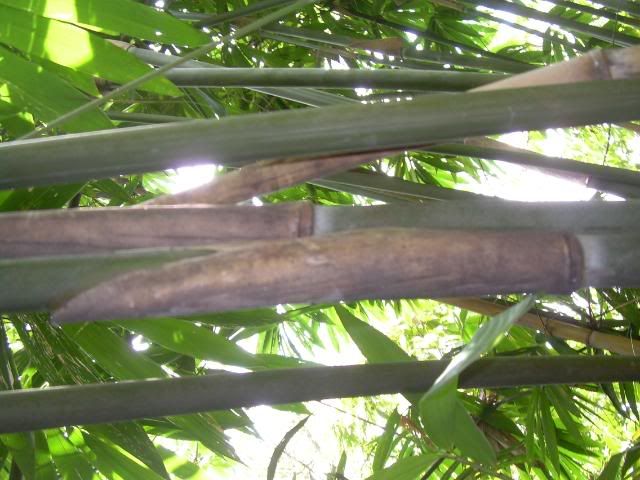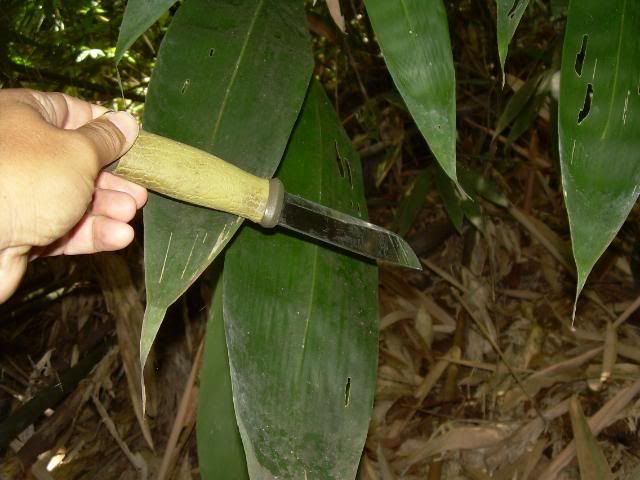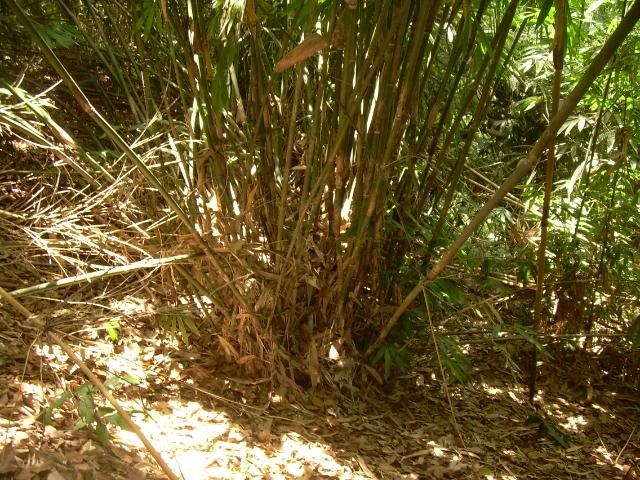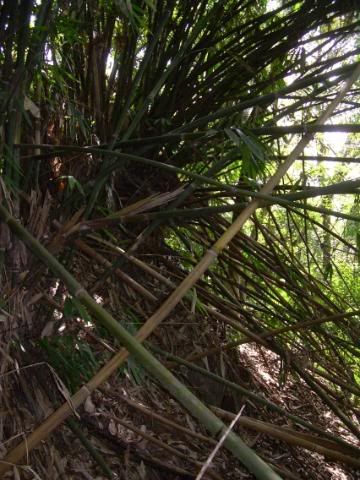BOD and all,
O.K., I’ve been learning a lot about bamboo and have found some good info to help find out what the species of bamboo is that you got on your bamboo fire quest. Tom already listed this info but I'll repeat it: According to the plant names website:
http://www.plantnames.unimelb.edu.au/Sorting/Frontpage.html
1. Schizostachyum jaculans = Buloh temiang
2. Schizostachyum blumei = Buluh tamiang
3. S. irratun/en = Bambu tamiyang
It turns out that one of the important parts of the bamboo to use to identify it is the culm sheath from the middle of the stalk. It also turns out that there is a bamboo expert there in Indonesia who may be willing to identify it for us (request in process).
If you are at all interested in learning more about bamboo I recommend an excellent website here:
http://bamboo-identification.co.uk/index.html
It has detailed information on what is necessary to identify species and also gives links to detailed descriptions.
I’ve come to the preliminary conclusion that a few of the Schizostachyum species will work to make fire and it isn’t just one species alone. Possibly both S. jaculans and S. blumei will work.
To answer your question as to what you will need to photograph or collect for identification:
• An entire plant showing how the stalks stand/bend with a reference to size (person) if possible. We need to see how the stalks stand and or droop.
• Photographs of the nodes or rings along the stalk showing the branches coming out along with any buds etc. Include a ruler for size reference. We need to see how many branches come out of each node and what the branches look like as far as branching and length.
• Close ups of _culm sheaths_ from the middle section of the stalk. Remove one and lay it flat with a ruler next to it. Take pictures of the auricles and ligules - there are hairs and protrusions on these that are used to identify the species. I’m told that people can identify species using just a culm sheath! For a definition of what an auricle is see: Morphology>Components..
http://bamboo-identification.co.uk/html/leaves.html
• Measurements of the internodes. Lengths, cross section showing wall thickness (include ruler). Schizostachyum are thin walled bamboo.
• A branch with leaves and close ups of the leaves showing hairs, powder etc.
Now I don’t know how much you love photography and this may seem a lot so it’s just an “if you want to” list.
Also, if you can find out other uses for the same bamboo it could quickly confirm our findings. I think both S. jaculans and S. blumei are used for making blowguns. One species has longer culms so they only need one internode while the other is shorter so they use two stuck together.
Unfortunately Schizostachyum is rare in cultivation here in the U.S.A. I only found one vendor in Florida.
Here is a description for jaculans.
Schizostachyum jaculans
HABIT Perennial; caespitose. Rhizomes short; pachymorph. Culms 600–700 cm long; 20–35 mm diam.; woody. Culm-internodes terete; thin-walled; 50–80(–125) cm long; distally pruinose. Lateral branches dendroid. Branch complement many. Culm-sheaths 15–30 cm long; pubescent; with erect hairs; with tawny hairs; truncate at apex; auriculate; with 1 mm high auricles; setose on shoulders; shoulders with 8–12 mm long hairs. Culm-sheath ligule 2 mm high; ciliate. Culm-sheath blade linear; reflexed; 10–25 cm long; 7–18 mm wide. Leaf-sheath oral hairs scanty; 5–10 mm long. Leaf-sheath auricles falcate. Ligule an eciliate membrane. Leaf-blade base with a brief petiole-like connection to sheath; petiole 0.3–0.7 cm long. Leaf-blades lanceolate; 12–30 cm long; 12–50 mm wide. Leaf-blade surface pubescent; hairy abaxially.
Over and out,
Ed

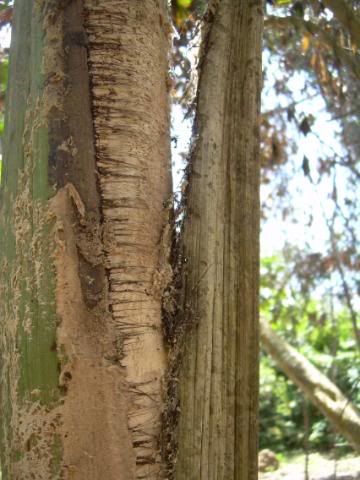
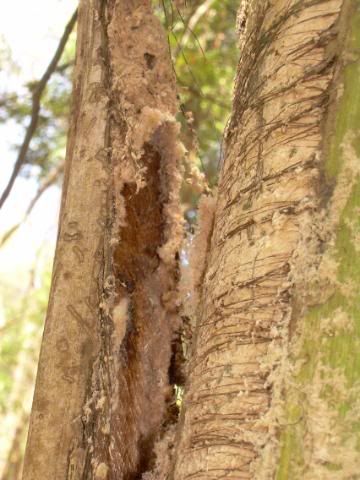
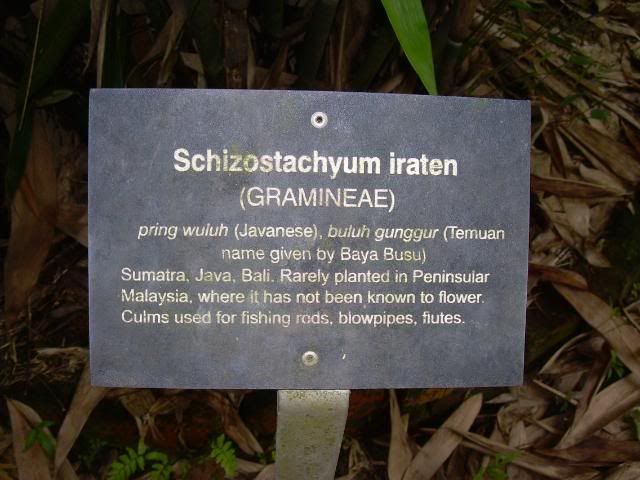

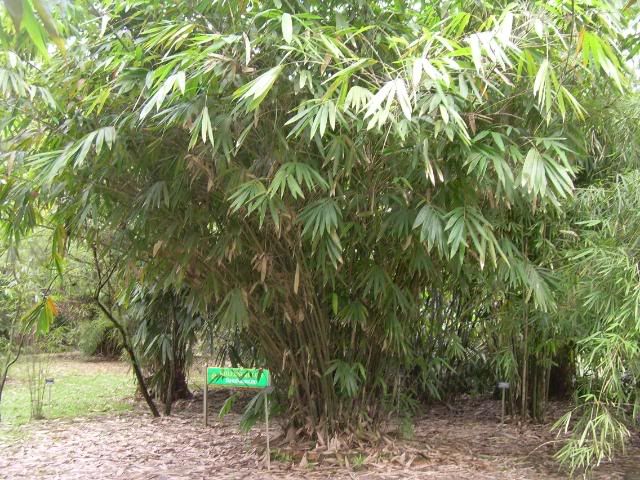
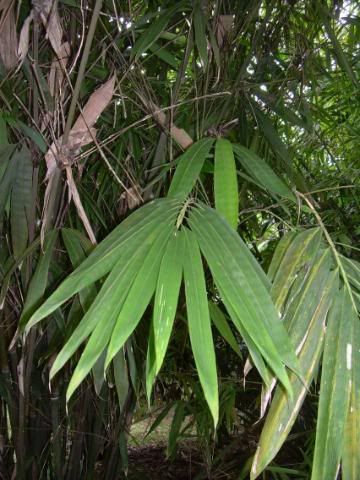
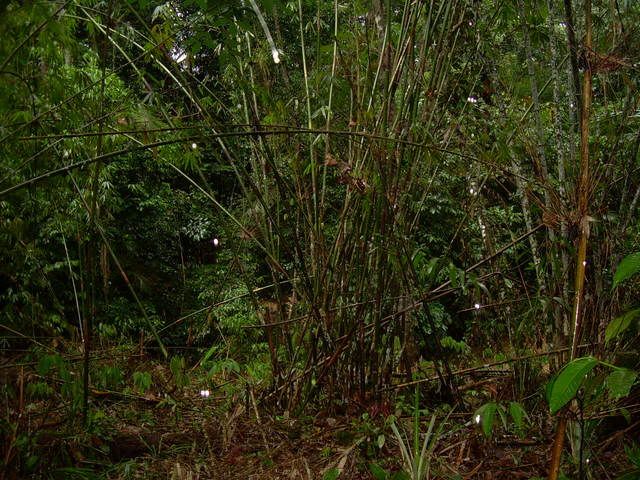

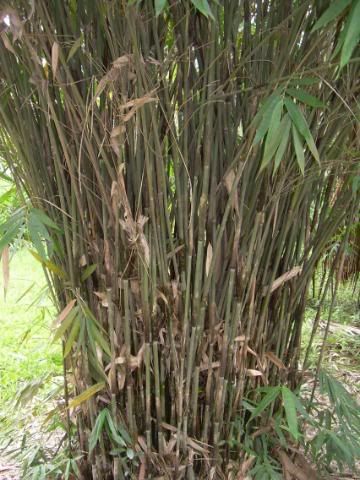

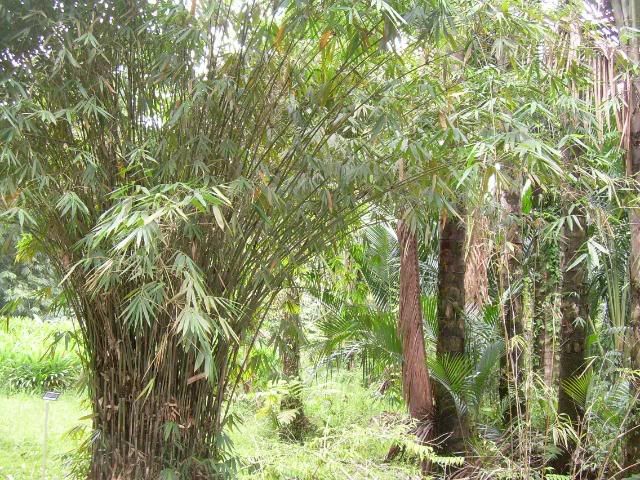
 Welcome to the club. When Kew said Schizostachyum temiang was at 910m hills in Temburong, Jamit showed me that it was at 60m by the river. The list goes on.
Welcome to the club. When Kew said Schizostachyum temiang was at 910m hills in Temburong, Jamit showed me that it was at 60m by the river. The list goes on.